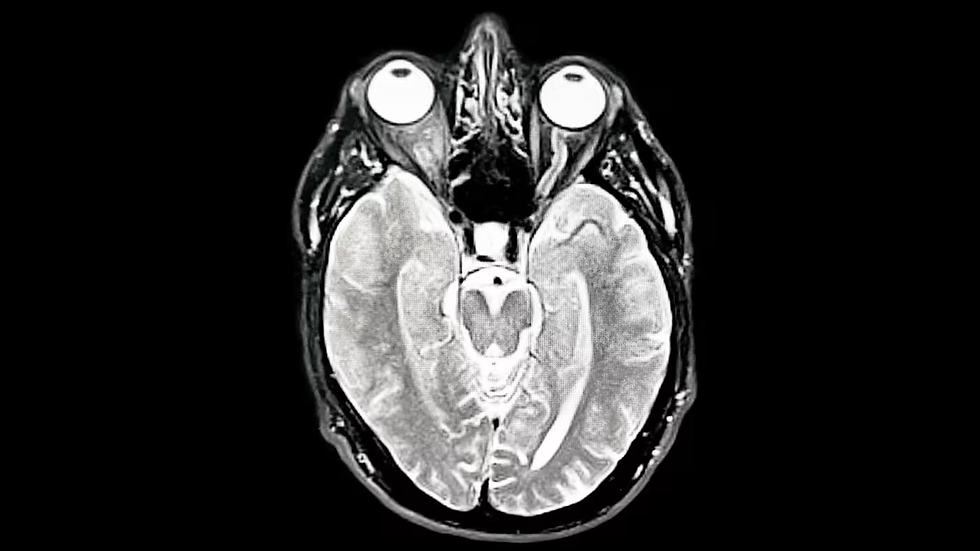MIT’s Eco-Driving Breakthrough Reduces CO₂ Emissions By Up To 22 Percent In Cities
- Melissa Santañez
- Aug 10
- 1 min read
This August, MIT unveiled a groundbreaking study showing how AI-driven eco-driving could significantly reduce carbon emissions in urban traffic—without slowing down journeys or compromising safety. By analyzing over 6,000 intersections in three major U.S. cities with deep reinforcement learning, researchers found that full adoption of eco-driving strategies could slash intersection CO₂ emissions by 11 to 22 percent. Even with just 10 percent of vehicles using eco-driving, cities could achieve 25 to 50 percent of that potential reduction—thanks to the ripple effect of smoother traffic flow. Moreover, targeting just 20 percent of key intersections could produce 70 percent of total emission reductions.
Eco-driving uses AI to dynamically adjust vehicle speeds when approaching signalized intersections—minimally idling, avoiding sudden stops, and progressing with smoother acceleration. The research team, led by Prof. Cathy Wu, created detailed models simulating millions of traffic scenarios across thousands of intersections. They trained AI agents to optimize driving patterns that reduce fuel consumption and emissions, without delaying travel or jeopardizing safety.
Why it matters?
This is a pragmatic, scalable solution—no new infrastructure needed. It could be implemented via vehicle dashboards, smartphone apps, or future vehicle-to-infrastructure systems that adjust speeds in real time. As Prof. Wu notes, eco-driving is a “relatively simple to implement and shovel-ready” intervention that can begin delivering environmental benefits immediately.
Sources: MIT News










Comments